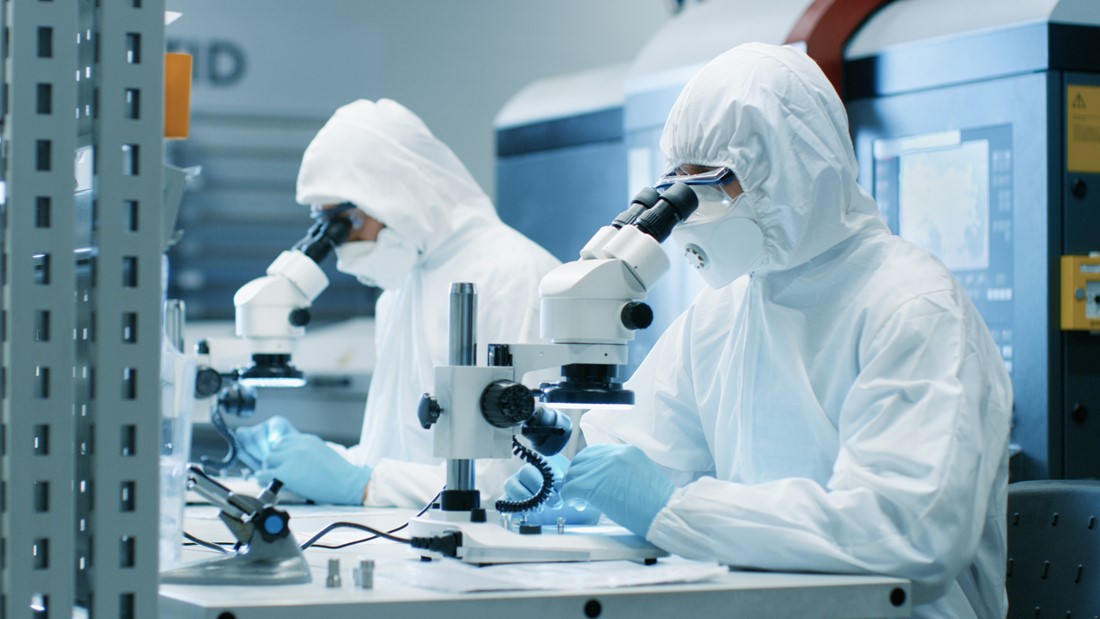Enabling new types of graphene research
Meet the team that unlocks new applications and functionalities of graphene.
Scientists in the Graphene Flagship’s Enabling Research Work Package continually further our knowledge of the physical properties of graphene, other layered materials, and their heterostructures. This helps us advance the technology needed to make new devices based on graphene and beyond.
Collectively, these materials encompass a diverse range of properties for a broad range of applications – from conductive to insulating, from transparent to opaque, from diamagnetic to ferromagnetic and from mechanically stiff to flexible. Plus, with the right twist, graphene can even become superconductive.
In this article, meet the Enabling Research team, discover how their research supports other scientists in the Graphene Flagship consortium, and learn about their recent achievements.
Their story
The goal of the Enabling Materials Work Package has always been to explore new avenues in fundamental research using graphene and layered materials. This research allows Graphene Flagship scientists to conceptualise new ideas and find new ways of translating fundamental knowledge into applications and products for European industry.
They also explore the potential of graphene and layered materials to enable new functionalities in electronics photonics and other technologies, collaborating with other Work Packages in the Graphene Flagship. Together, they investigate new materials and improve the devices and technologies developed at our partner institutions.
Their research
They derive graphene and layered materials from bulk layered crystals. These substances usually have strong covalent bonds within their layers, but only weak ‘van der Waals’ interactions between them. By combining different atomically thin layers like ingredients in a sandwich, these materials offer the opportunity for Graphene Flagship scientists to create heterostructures – new prototype hybrid materials with multifunctional properties.

The Enabling Research Work Package develops new types of material with functional properties that have great potential for low-power-consuming and low-loss optoelectronics. These could help our society get closer to the European Commission’s goal of net zero emissions by 2050, and could form the basis for the next generation of computing and communications technologies in line with the UN’s Sustainable Development Goals.
Their impact
The Enabling Research team spearheads the scientific progress of the entire Graphene Flagship. The crux of their research efforts involves identifying or introducing new functionalities, and in turn, this enables the other Graphene Flagship Work Packages and Spearhead Projects to develop new technological applications using graphene and layered materials.
Two of their fundamental discoveries from 2020 could lead to new types of layered materials for Graphene Flagship researchers and beyond.
Firstly, within the framework of this Work Package, Graphene Flagship partner ETH, Switzerland, developed electrostatically controlled quantum dots using bilayer graphene. They also used quantum dot spectroscopy to analyse and understand the magnetic moments of electrons in the material.
Secondly, Graphene Flagship partner the University of Manchester, UK, created, modelled and characterised twisted bilayers of transition metal dichalcogenides, another type of layered material explored by Graphene Flagship scientists. Twisted bilayers create interesting ‘Moiré patterns’ that lead to unexpected effects such as magnetism or superconductivity – the ability to transport electricity without resistance.
With new types of graphene and layered material in hand, scientists in the Graphene Flagship and beyond gain access to new avenues of research, new functionalities and new applications.
Their future
Going forward, they will continue to identify new opportunities and applications for graphene and a broad range of layered materials. Moreover, they will combine these materials to make new heterostructures, achieving materials with tailored properties and, hopefully, unprecedented possibilities.
The Enabling Research Work Package spearheads the scientific progress of the entire Graphene Flagship."
Work Package Leader




